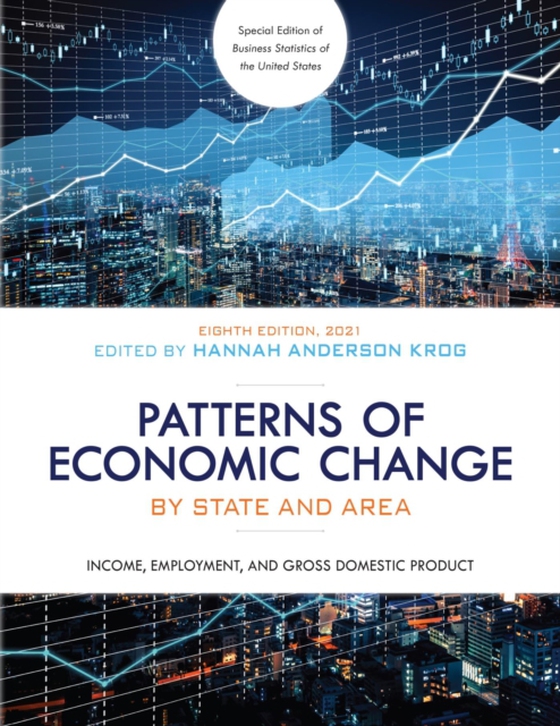
Patterns of Economic Change by State and Area 2021 e-bog
948,41 DKK
(inkl. moms 1185,51 DKK)
Patterns of Economic Change by State and Area: Income, Employment, and Gross Domestic Product is a special edition of Business Statistics of the United States. It presents data on personal income, employment, and gross domestic product for the United States as a whole, and by region, state, and metropolitan statistical area (MSA). Data on personal income and employment extends back to 1960 for ...
E-bog
948,41 DKK
Forlag
Bernan Press
Udgivet
20 november 2021
Længde
514 sider
Genrer
1KBB
Sprog
English
Format
pdf
Beskyttelse
LCP
ISBN
9781636710396
Patterns of Economic Change by State and Area: Income, Employment, and Gross Domestic Product is a special edition of Business Statistics of the United States. It presents data on personal income, employment, and gross domestic product for the United States as a whole, and by region, state, and metropolitan statistical area (MSA). Data on personal income and employment extends back to 1960 for the states and regions and to 1970 for the MSAs. Patterns of Economic Change complements other Bernan Press titles such as the State and Metropolitan Area Data Book and County and City Extra. In contrast to their predominantly current and detailed cross-section data on states and metropolitan areas, this book contributes historical time-series measurements of key aggregates that show how the economies of regions, states, and metropolitan areas have responded over time to cyclical currents and long-term trends.Statistics at the state level provide a framework for analyzing current economic conditions in each state and can serve as a basis for decision making.For example:Federal government agencies use the statistics as a basis for allocating funds and determining matching grants to states. The statistics are also used in forecasting models to project energy and water use.State governments use the statistics to project tax revenues and the need for public services.Academic regional economists use the statistics for applied research.Businesses, trade associations, and labor organizations use the statistics for market research.
 Dansk
Dansk

